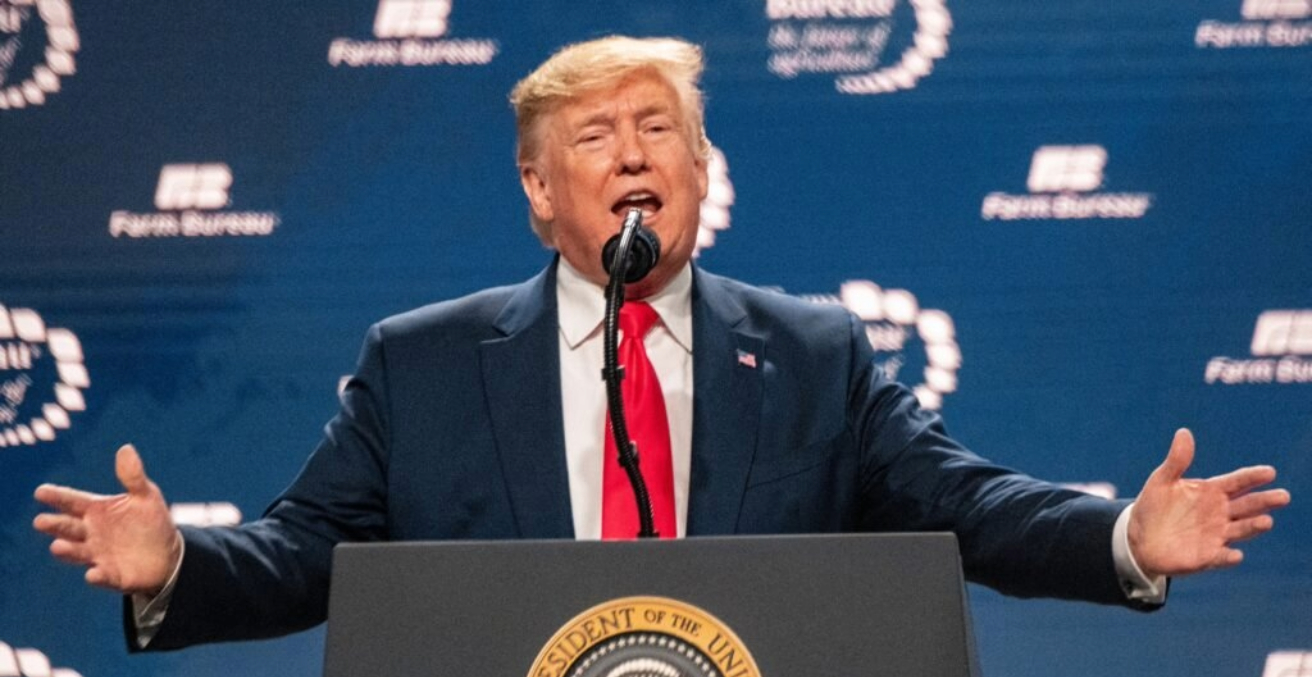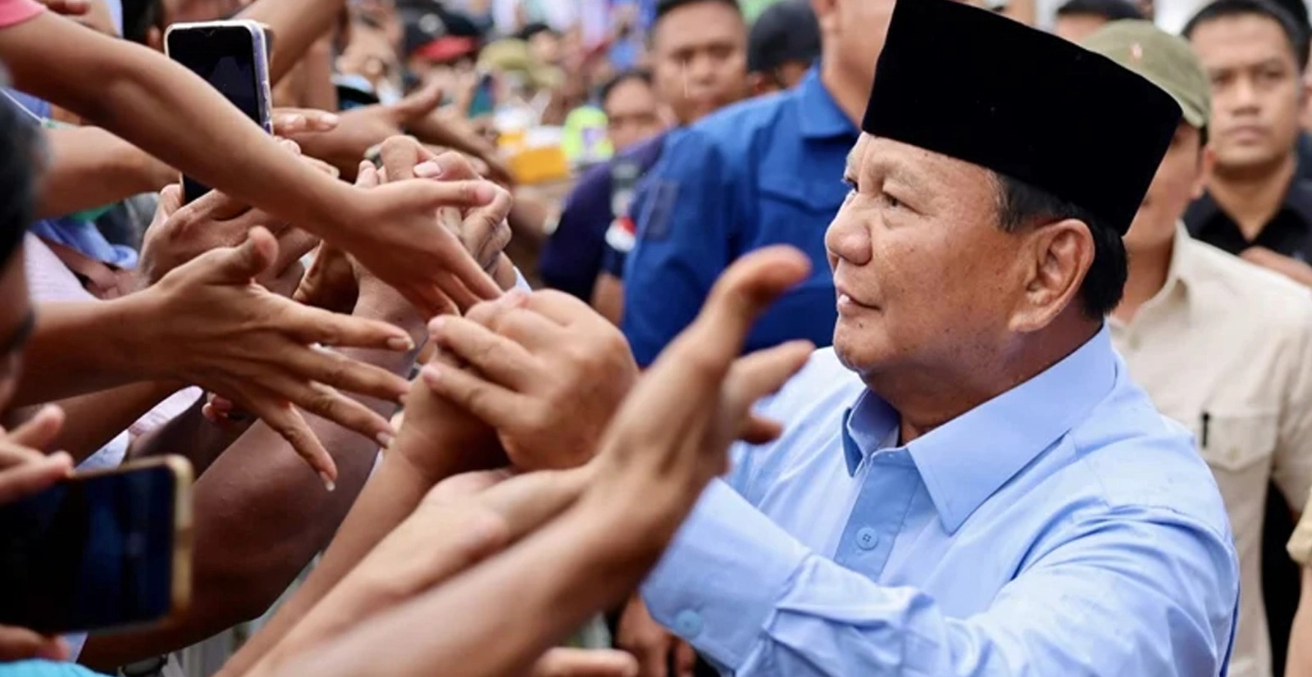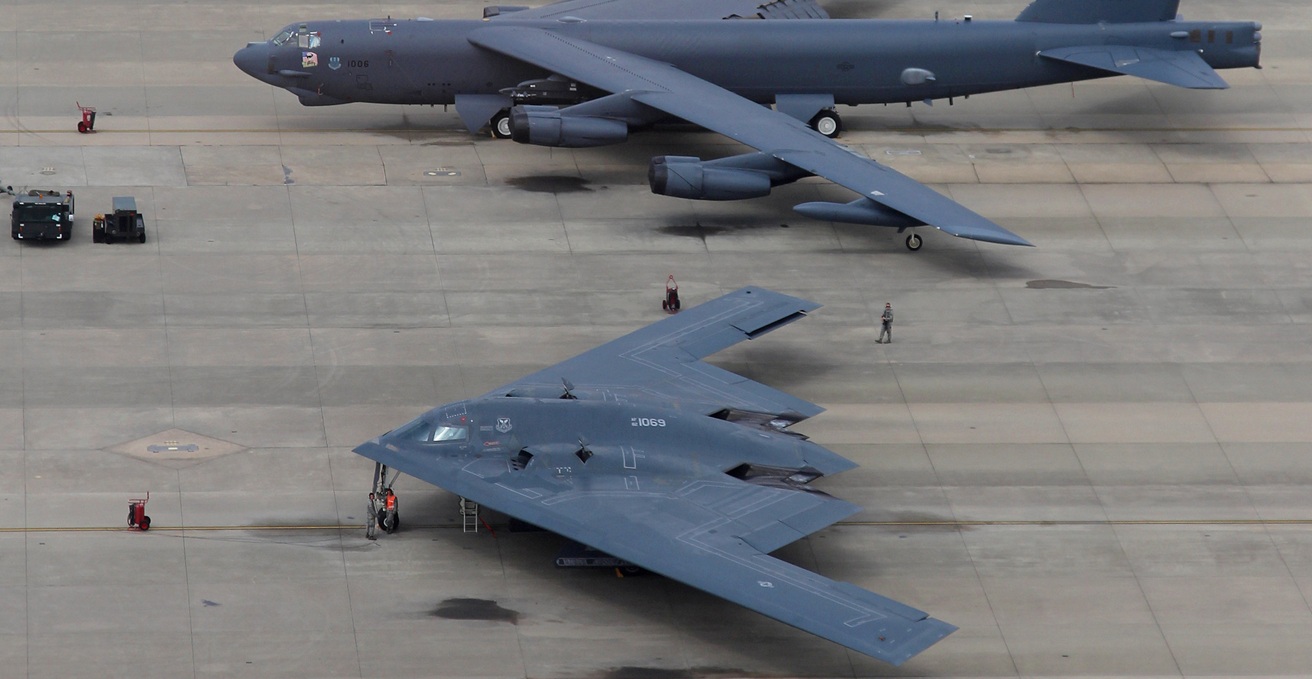Terrorist organisations need money to carry out their activities. Jessica Davis uncovers the many ways terrorist organisations procure and protect the funds which finance their operations.
On 14 May 2010, a student named Roshonara Choudhry walked up the Labour MP for East Ham, Stephen Timms, smiled at him, moved as if to shake his hand, then plunged into his stomach. Sir Stephen, as he is now known, luckily survived this assassination attempt, and Choudhry was sent to prison.
On the morning of the attack, Choudhry had paid off her student loan and cleared her bank account, fearing that her family would be left with the debt once she was caught (or killed) by police responders, and that British authorities would seize any assets left in her name.In December that year, two men were arrested in a separate incident, ahead of a plot to carry out a Mumbai-style attack against the Danish newspaper Jyllands-Posten. The suspects, Omar Aboelazm and Munir Awad, had also emptied their bank accounts. Awad later claimed to have given the money to his wife to cover rent and other expenses.
What was significant about these financial transactions, and why were they present in multiple instances of terrorist attacks or plots? Or to put it another way: is there something in that action – clearing debt – that may act as an indicator of an imminent terrorist threat?
“Money is fundamental to terrorism” writes Jessica Davis in the opening to her book, Illicit Money: Financing Terrorism in the Twenty-First Century. “…grievances might be the underlying motivation for conflicts…but they do not escalate into violent conflict without the economic means to do so.” Terrorist organisations pay salaries, they bribe officials, they need weapons and materials to continue the conflicts they’re engaged in, they own real estate and run businesses, and they need to train new recruits to replace those killed or captured in operations. To do all of this, they need money. Stopping these organisations’ use of and access to funds is an invaluable part of anti-terrorism operations.
A 9/11 Commission monograph on terrorist financing described it as “not a priority for either domestic or foreign intelligence collection” prior to the attacks of 11 September 2001. In response, the Financial Action Task Force, which was originally established in 1989 to combat money laundering, expanded its remit and in October 2001 released its Special Recommendations on Terrorist Financing. Counter terrorism financing (CTF) joined anti-money laundering (AML) as governments sought to target money launderers and terrorists at the same time.
In the more than two decades since, the world has witnessed the decimation of the al-Qaeda organisation and its metamorphosis into various regional affiliates; the rise, rapid expansion, and subsequent fall of the Islamic State of Iraq and the Levant (ISIL); the Taliban being removed from power in Afghanistan only to sweep triumphantly back into Kabul last year; and countless other attacks and foiled plots across the globe. This continued promulgation of terrorism and its seeming success as a tactic has even led to highly respected figures in extremism academia to declare in Foreign Affairs that “the war on terrorist financing has failed.”
Davis’ book builds on other foundational works in the field such as Colin Clarke’s Terrorism Inc, Timothy Witting’s Understanding Terrorist Finance, and Jodi Vittori’s Terrorist Financing and Resourcing. It examines a dataset consisting of 55 terrorist organisations, 18 plots, and 32 attacks. A key feature of Davis’ analysis is the vital distinction between terrorist groups at two levels: the organisational and the operational – that is, the financing of the organisation itself versus the financing of attacks. It is split into three parts: how terrorists raise money, how they use, manage, and obscure these funds, and a strategic analysis of past and future financing typologies and tactics.
Davis details how groups raise money through state sponsorship, self-financing, identity-based support networks, and wealthy third-party donors. Davis found the importance of funding sources between groups at an organisational and operational levels operate as polar opposites. Operational cells were much more likely to self-fund their attacks, whereas organisationally, groups tended to rely on active and passive state sponsorship, their identity-based support networks such as diaspora groups, and donors.
A recurring point of the book is that groups operate within the constraints of their environments and those of their support networks. When investing funds, groups gravitate toward the economic activity of the areas they operate in, or where their support networks are based. The Provisional Irish Republican Army used the diaspora in the United States, particularly Boston, to raise funds with complete government equanimity regarding the matter. The Liberation Tigers of Tamil Eelam (LTTE) has representatives in at least 54 countries around the globe , allowing them to diversify their fundraising and leverage the host countries of their diaspora. The Taliban profited both from legitimate business, such as pistachio farming, and their taxation of the opium trade, often using the former as a way to conceal the latter. ISIL became a prolific seller of antiquities from its conquered territories across Syria and Iraq, and so on.
It’s with this point in mind that people should view developments in financial technologies and cryptocurrency. Terrorist groups thus far seem perfectly happy to accept donations in cryptocurrencies, but they still utilise cash as a form of financial tradecraft. Bank robberies interestingly are one of the continuous threads of terrorism from the first anarchist wave in the 19th century to the present. In jurisdictions where cash use is becoming less common, especially after the pandemic, groups have gravitated toward prepaid cards because cash usage in medium-to-large amounts would be unusual or trigger a transaction report to that jurisdiction’s financial intelligence unit. Crowdfunding has been a continual feature of terrorist fundraising since at least 2002, and the adoption of fintech such as PayPal, GoFundMe, and cryptocurrency has only made it easier for support networks to move funds to organisations.
Furthermore, much-demonised informal networks such as hawala are often the only way of moving funds internationally to jurisdictions with tenuous banking infrastructure. For example, Somalia and other parts of East Africa have seen a huge uptick in the Kenya-born M-Pesa micropayment service, which is used by al-Shabaab. Davis argues that CTF practitioners must have an adaptive focus depending on the institutions they operate in. CTF practitioners in East Africa may need to focus on fintech such as M-Pesa, whereas those in South Australia may focus their attention on crowd-funding due to the rise of ideologically and racially motivated extremist groups which gather and move funds around. Knowledge of how groups in their jurisdictions conduct their operations is essential.
Davis deserves praise for her assertions. As it stands in Australia, an eligible financial entity has 24 hours to submit a suspicious matter report (SMR) to Australia’s financial regulator, AUSTRAC, when a suspicion is formed related to terrorism financing. She argues that this “historical” reporting in the form of SMRs will need to be superseded by a more proactive, real-time approach by institutions in regard to the freezing of funds and information-sharing, though she acknowledges the difficulties in the minutiae of establishing regulations on this.
I cannot recommend Davis’ book highly enough for those students, academics, or practitioners wishing to learn more about how terrorist groups acquire, use, and attempt to hold onto their funds. I only wish the AML/CTF industry recommendations had perhaps been more in depth – though the author did mention the limitations here – as well as the fascinating behavioural indicators of imminent attacks. Nevertheless, the book will make a valuable addition to the literature on this subject for years to come.
This is a review of Jessica Davis, Illicit Money: Financing Terrorism in the Twenty-First Century (Lynne Rienner Publishers: 2021), Hardcover ISBN: 978-1-62637-982-4
Joseph Power is a writer from Brisbane, Australia. He is a former councillor of the Australian Institute of International Affairs, Queensland. He currently works in AML/CTF in the private sector.
This article is published under a Creative Commons Licence and may be republished with attribution.




